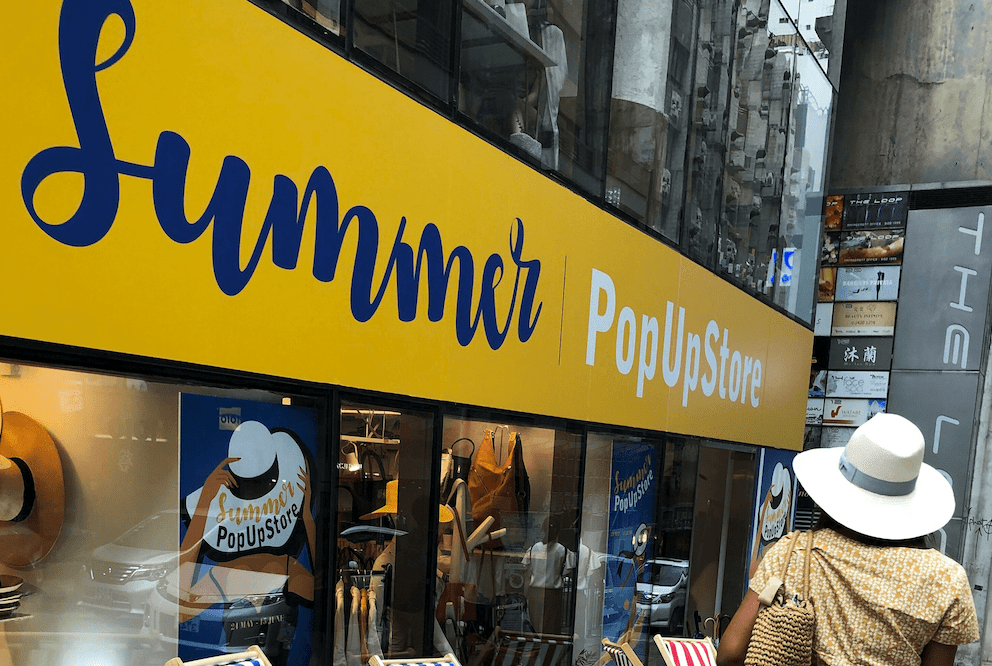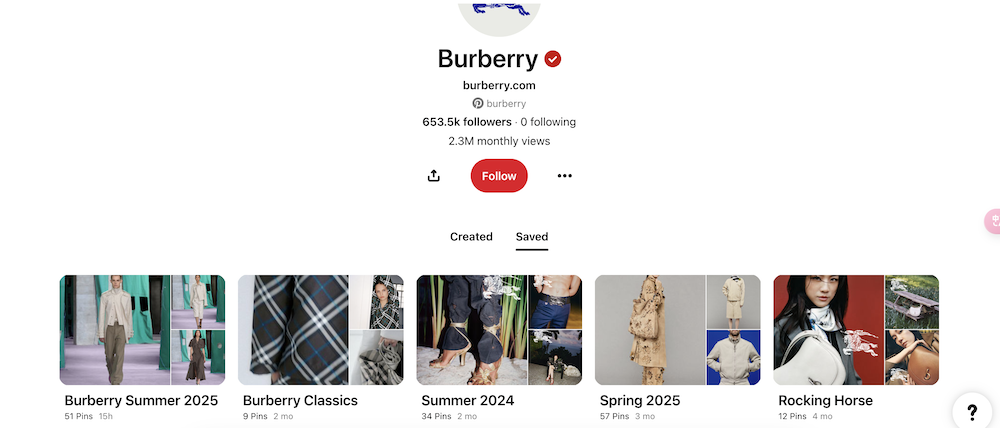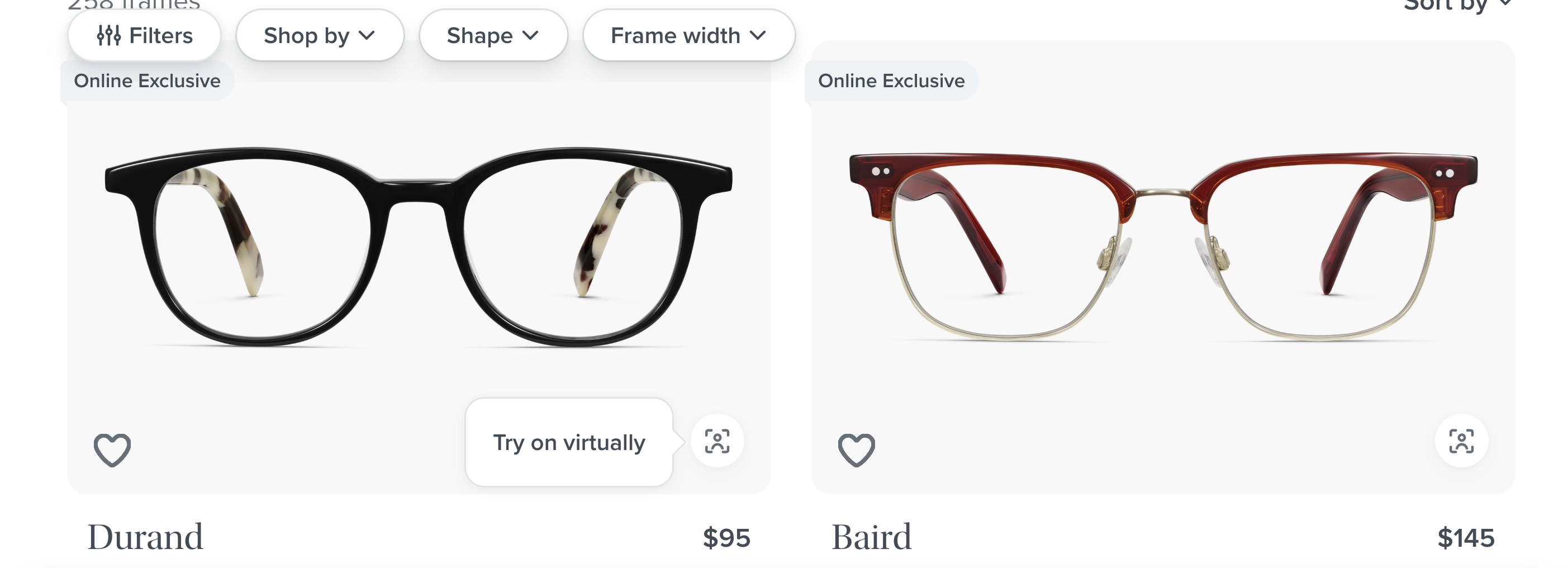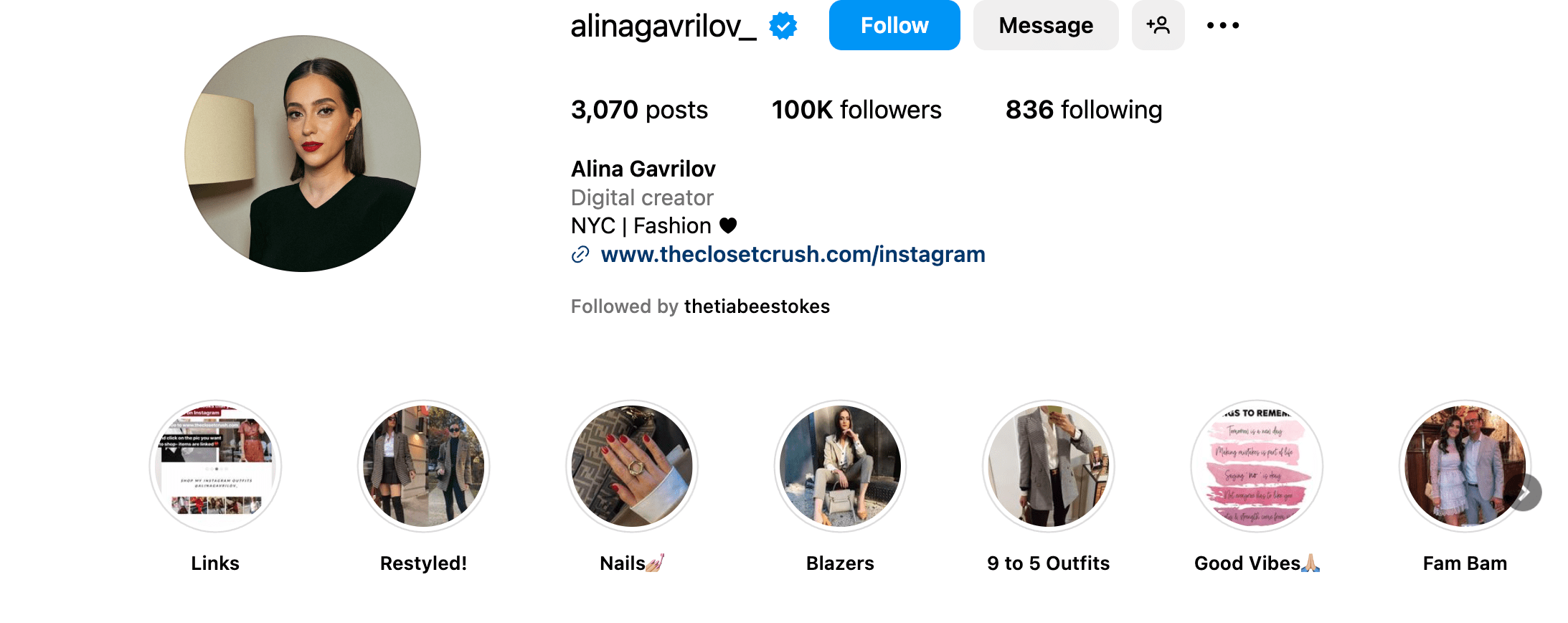
Business Kick-Starter Guides
Easy 6-Step Guide: How to Start a Clothing Pop-Up Shop?
Pop-up stores are becoming really popular in the fashion retail industry. Both big brands and small businesses are joining in...
The Most Effective Social Media Apps for Advertising Luxury Fashion
Marketing

Social media has practically become the best platform for luxury fashion marketing in today’s digital era.
This is because such platforms offer a wide range of features and extensive global reach, all of which help to raise brand awareness, establish a connection with the right market, and increase sales.
In this article, we’ll discuss the best social media apps to advertise your luxury clothing store, demonstrate their usefulness and practicality, show you how to create hype around your products, and offer several strategies for maximizing these platforms' potential.
Luxury brands often use social media content that amuses the audience directly and helps increase brand visibility. How do they make this happen?
Selecting the best social media channel to market luxury clothing is essential if you want to show off your brand’s uniqueness and connect with the correct audience.
TikTok, Facebook, Pinterest, Instagram, and Facebook provide luxury brands with many distinct ways to connect with their target market.
Every platform has highlighted its current function in society: TikTok presented itself as a platform for trends, Pinterest as a place to find inspiration and carefully select images, and Instagram as a platform for influencer marketing and values storytelling.
Gaining knowledge on how to make the most of the available social media can help your clothing store become more recognizable, improve customer interaction, and build enduring partnerships.
Here are the best social media apps to use to promote your clothing store and luxury products.
Instagram is one of the most beneficial platforms for luxury stores because it enables you to showcase your brands through highly engaged posts.
The app, founded in 2010, is a visually captivating platform that allows users to upload multiple photos and videos while engaging with their followers.
With a focus on creating image-driven content, Instagram offers features like Stories, Reels, and IGTV, enabling luxury brands to showcase their products, highlight their appealing lifestyles, and interact with their audience in various engaging ways.
For example, top brands like Gucci use Instagram Reels to build excitement for upcoming collections.
Their content showcases the elegance of their pieces and gives a peek at what customers can expect to see next in their stores.
In the case of Jacquemus, for instance, a relatively young luxury brand, their products also gained celebrity status thanks to their fabulous campaigns on Instagram.
Although Instagram has become quite a famous platform for luxury marketing, TikTok is quickly gaining traction as a means of connecting with the target demographic of trend-following youth.
TikTok is a video-based social media app that allows users to express themselves through brief videos and amusing music.
It’s a great platform for businesses to experiment with to engage their target audience through challenges, influencer partnerships, or behind-the-scenes content because it emphasizes creativity above all else.
Stores can create various video types, including short tutorials, product showcases, entertaining skits, trend participation, and user-generated content that invites audience interaction.
You can check out the table below for a list of some suggested content ideas.
Providing such a wide range of video content ideas increases your chances of appealing to your target market’s diverse interests and getting them to visit your clothing store more frequently.
Check out: TikTok bios
In addition, TikTok’s recommendation algorithm, in contrast to other social networks, is designed to provide content to users who are probably unaware of you, making it a great opportunity to promote oneself to a wide range of audiences, especially Gen Z-ers.
To demonstrate, the online store Farfetch effectively uses TikTok to showcase unique fashion pieces through creative styling videos, often collaborating with influencers to illustrate how to wear their products stylishly.
@farfetch Better together
Even though Instagram and TikTok have become some of the most popular networks, Facebook is still the leader with the largest number of monthly active users.
With this platform, your luxury clothing store has many options for showcasing your products, including images, carousel posts, videos, and even shoppable posts.
What’s more, thanks to Facebook’s extensive analytics and advertising tools, you can execute highly targeted ads on Facebook, guaranteeing that they reach the correct audience at the right moment.
Creating interactive and community-focused experiences in Facebook broadcasting channels is also highly effective for establishing enduring customer bonds.
Your clothing store can create events and disseminate information regarding new promotions or sales as well as encourage customers to talk about your products, keeping them returning for more.
Pinterest combines an attractive scrapbooking site with a valuable tool for product discovery, making it one of the most significant visual platforms, especially for luxury stores and products.
Pinterest is a popular advertising tool because it allows users to create and curate boards with products and ideas. This makes it ideal for showcasing limited-edition items and high-end collections.
With over 522 million monthly active users, Pinterest has the potential to reach a large audience looking for inspiration in various areas, including fashion.
This puts your luxury business in a position to reach a market that is eager and willing to buy high-end goods.
Pinterest goes one step further in making the purchasing process easier with Rich Pins, which provides more information and links to product pages.
This implies that a customer’s chance of converting increases when he pins an expensive item because he usually gets additional information and a direct purchase link.
Burberry is undoubtedly the best example of how to use Pinterest for marketing. To make it easier for customers to find their products, they created segmentation boards for each of their collections, such as “Spring 2024” or “Spring 2025.”

When engaging online with luxury consumers, it’s best to stick to a variety of luxury marketing practices such as the ones we’ve provided you with below.
First and foremost, appealing pictures are essential when marketing luxury fashion.
Consider brands like Chanel; each product shot exudes style, professionalism, and attention to detail. Whether it’s a watch, a purse, or even a brand-new line of clothes, the images must instantly convey “luxury.”
Consumers get more connected to a store when they see visuals highlighting the craftsmanship that goes into a product or incorporating interactive aspects like visual ‘’try-on’’ features like Warby Parker has done.

It’s no secret that buyers of luxury goods enjoy having a feeling of exclusivity.
Having that in mind, emphasizing exclusivity should be a big part of your social media marketing campaign.
A product will seem more exclusive when it is presented as part of a limited edition or a carefully curated collection, appealing directly to the aspirations of luxury consumers.

Using personalization in your social media postings can help them connect with your audience on a deeper level.
Your store may offer a more relevant and engaging experience by customizing information according to user behavior and preferences. For example, if a customer frequently browses for jewelry items on your online website, you can tailor your homepage to feature such products more prominently.
Next, by using comprehensive audience segmentation on Facebook, you can make posts and advertisements that are specifically tailored to the interests and requirements of various clientele groups. For instance, you might segment your audience based on demographics such as age, gender, and location.
Pinterest further enhances this approach by enabling clothing stores to create custom boards and pins based on trending topics or customers’ interests, ensuring that the content remains appealing and relevant.
What’s more, you may utilize user engagement data on Instagram (measure likes, comments, shares, and saves), for instance, to customize your posts and stories to feature products or content that appeals to your audience’s interests.
This method can be used for all other social networking apps by looking at user interactions, preferences, and historical usage.
Content that is created and uploaded by customers meets certain criteria and is more authentic and pertinent. People gain trust when you republish user-generated material and tag them in your stream since they can see that other people are buying your product as well.
Building relationships around their feedback or tagging them in articles helps to establish a better brand community and increase loyalty among frequent buyers.
Responding to messages and comments on social media platforms makes people feel better and encourages them to visit your store more frequently. When you respond promptly, you may give them the sense that you value their input, which improves the perception they create of your store.
It is more important to make consumers want to return and provide a seamless, personalized experience than just selling the product.
Influencer collaborations have become another vital strategy for brands looking to improve their visibility online and connect with customers in meaningful ways.
One practical approach within this strategy is to leverage micro-influencers and macro-influencers.
Those influencers with up to 100,000 followers, aka micro-influencers, stand out because they possess engaged and loyal communities of specific niches. This makes their approvals seem somewhat organic, not to mention the personalized touch they would give, as they can have profound conversations with their audience.
Due to their leverage of exclusivity and building of a durable allegiance, micro-influencers often significantly influence the advertising of high-price fashion items more than macro-influencers.

At the same time, macro-influencers pull in more visibility through their massive followings, usually at least one million. They commonly engage in highly budgeted marketing campaigns for a wider audience.
Despite their giant reach, macro-influencers may have a deeper connection with their followers than micro-influencers do.

Hence, brands that cater to the luxury market opt to collaborate with both sorts of influencers—by taking advantage of the genuineness and niche expertise of micro-influencers and macro-influencers, spreading power through branding, endorsements, and high-priced content.
The world of luxury fashion marketing is a minefield when it comes to knowing, really knowing, and understanding precisely what inspires your lofty audience. It’s about digging deeper into what strikes a chord with your audience and encourages them to explore or buy into your offerings.
In other words, your marketing should align with the hopes and wishes of the target market. You want to move prospects from curiosity to urgency so they can say, “I need this now.”
To achieve this, keep testing and refining your marketing. Create content that speaks to the interests and preferences of your target audience and at some point, you will find your luxury clothing store’s voice.
What is dropshipping?